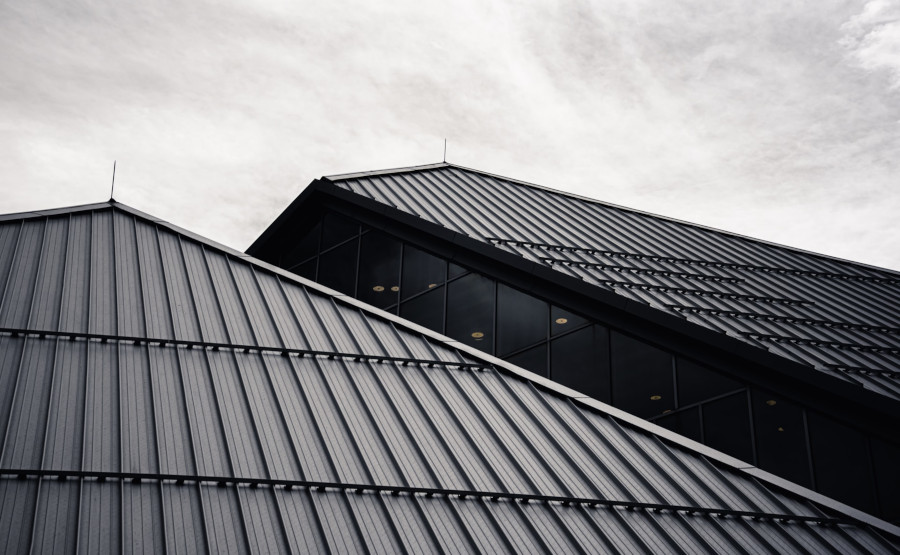Understanding the Purpose of Roof Flashing
When it comes to your home, the roof is one of the most important parts. It's responsible for protecting you and your family from the elements, so it's important to make sure that it's in good condition. One of the things that you need to take into consideration when inspecting or maintaining your roof is roof flashing. So what is roof flashing, and what is its purpose? In this blog post, we'll take a closer look at roof flashing and try to understand its purpose.

What Is Roof Flashing?
Roof flashing is a material installed on a roof in order to prevent water seepage. There are various roof flashings available out there. The most common type of roof flashing is made of metal, but plastic and rubber are also used. Roof flashing is installed around vents, chimneys, skylights, and other openings in the roof in order to keep water from entering the home. It is important to have proper roof flashing installed in order to prevent water damage. If water is allowed to seep into the home, it can cause serious damage to the structure of the home and lead to mold growth.
Roof Flashing Protects The Key Areas Of Your Home
Your roof is one of the most important parts of your home if not the most important. It's what protects you from the elements and keeps your home warm and dry. That's why it's so important to make sure that your roof is in good condition and that all of the key areas are properly protected. One of the most important parts of protecting your roof is ensuring that it has proper roof flashing. That flashing will then in turn protect your roof and keep it in good condition for years to come.
If You Got A New Roof Your Flashing Might Not Have Been Replaced
If you've recently had a new roof installed, it's possible that your old flashing wasn't replaced. This is a common mistake that can lead to serious problems down the road. If you're not sure whether or not your flashing was replaced, it's important to have a professional inspect it as soon as possible.
Left unchecked, damaged, or missing flashing can allow water to seep into your home, which can lead to serious problems like mold growth, rot, and structural damage. It can even lead to a collapse in extreme cases. Don't take chances with your safety - if you're unsure about the condition of your roof's flashing, have it inspected by a professional as soon as possible. In the long run, it could save you a lot of money and time.

If you're in need of roofing repairs or replacement, be sure to contact a reputable and experienced contractor. A little bit of prevention can go a long way in protecting your home from water damage.
You Might Not Know But Your Flashing Needs To Be Checked Annually
It's not something most of us think about, but our roof flashing does need to be checked annually. Roof flashing is the material used to seal the joints between different parts of the roof and prevent water from seeping in. Over time, the flashing can become cracked or damaged, which can lead to serious problems like leaks or even collapse.
I If you're not sure how to check your roof flashing, here are a few tips:
- Start by checking the area around the chimney, this is one of the most common places for leaks to occur.
- Inspect the flashing around skylights and other openings in the roof.
- Examine the flashing for any cracks or gaps.
- If you see any damage, it's important to have it repaired as soon as possible, ignoring the problem can lead to serious consequences down the road.
If you're not comfortable checking the roof yourself, you can always hire a professional to do it for you. They'll be able to spot any problems and make sure the repairs are done properly. Don't take your roof for granted! By taking the time to check the flashing, you can avoid serious problems down the road. Your roof is one of the most important parts of your home, so it's worth taking care of it.
The Difference In Roof Flashing Types
There are two types of roof flashing that are commonly used, step flashing and continuous flashing. Step flashing is installed in a series of steps along the edge of the roof. Continuous or counter flashing is installed over the top of the shingles and under the course above it.
Both types of roof flashings have their own advantages and disadvantages. Step flashing is more expensive and time-consuming to install, but it is also more durable. Continuous flashing is less expensive and easier to install, but it does not last as long.
If you are thinking about installing a new roof or replacing your old one, you should consult with a professional roofing contractor to see which type of roof flashing would be best for your home.
Chimney Flashing
The purpose of chimney flashing is to prevent water from entering the home through the chimney. The flashing is installed on the roof and extends up the sides of the chimney. It is important to ensure that the flashing is installed correctly in order to prevent leaks.
Chimney flashing can be made from a variety of materials, including metal, rubber, or asphalt. It is important to select a material that is compatible with the roofing material. Metal flashing should be used on roofs that are made of metal, rubber on roofs that are shingled, and asphalt on tar and gravel roofs. Improperly installed or damaged chimney flashing can result in leaks that can cause extensive damage to the home.
It is important to have a professional inspect the chimney flashing periodically to ensure that it is in good condition and functioning properly. If you suspect that there is a problem with the chimney flashing, it is important to have it repaired as soon as possible to prevent further damage.
There you have it! A brief overview of the purpose of roof flashing and some tips on how to maintain it. Remember, your roof is one of the most important parts of your home so it's important to take care of it. If you have any concerns, be sure to contact a professional contractor.